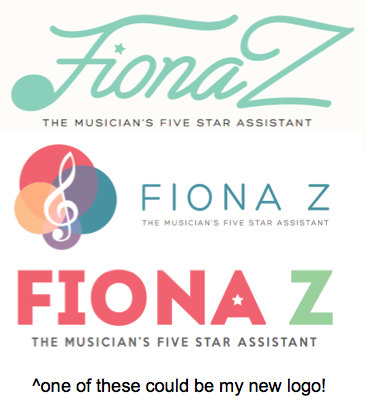Today, I’m writing you from San Diego, CA, during my so-called “spring break” visiting family! I haven’t seen them in over a year, so it’s definitely overdue. Being far away from my entire family is very difficult at times, so I always make a point to visit every few months. After my weekend in San Diego, I’ll also be stopping in Texas where I grew up to see more family and old friends. Can I just say I’m more excited about the warm weather than anything else? Okay, maybe I’m also a little excited about the food, too.
My clients have been doing quite a bit of traveling as well, and I’ve been on logistics duty. There were plenty of festivals, performances, conferences and more that I helped coordinate trips for. And I have fun doing it (I know, I’m weird). J
There are several parts to planning a trip for your next performance, but I want to first focus on the flight that will get you there. (Full disclosure – I wrote this during my Thursday morning flight so it feels even more appropriate to talk about planning your flight!)
So, musicians, let’s talk about how to find your perfect flight – and also show you how you can delegate it all someone like me who can assist you in your planning. This is from real experience, so take notes.

1. Book as early as possible – I cannot stress how many dollar signs you could save if you just book a month earlier than you think you should. I remind my clients of this, especially if they are traveling to perform at an event and they are responsible for the travel bill. Heard stories of last minute cheap seats? Don’t believe it. I’ve been doing this for three years and this has never happened. Nowadays, if you book late, you are stuck with buying the $100 priority seats after they run out of regularly priced seats.
Tell your assistant as soon as possible about an event you will be going to. Ask them to remind you to look for your ticket at least 3 months, if possible, in advance to secure a great price.
2. Gather your frequent flyer numbers – Surprisingly enough, when I book with a client that has a frequent flyer account, seats open up and upgrades are readily available. If you visit a city more than say 4 times a year, it’s worth it to get a frequent flier number under the airline you use the most. Some aren’t free, so choose what you can.
Most frequent flier numbers can be created by your assistant with your email and basic contact information. Find out what they can do first for you before you create your own account. If you already have them set up, send them a shared document with your frequent flier airlines / number as well as login info on the sites.
3. Know where to search – If you are traveling to a city that JetBlue or Southwest cover, you will 9 times out of 10 get your best deal there. If you aren’t finding the city you need, you can find a great flight through a couple search engines. Otherwise, I’ve consistently found the best options from only two: Kayak.com and Cheaptickets.com. They find great options for any domestic or international flight.
Ask your assistant to search your preferred sites and send you options based on your preference. Like this: “Please search Southwest.com & Kayak.com for flights from any NYC airport to Sioux Falls, SD, departing May 6 and returning May 9. I need to arrive by 5PM on May 6 and can depart as early as 8am on May 9.” This gives clear directions and you will get better choices of what you want the first time, saving tons of back and forth emails.
4. What to consider when browsing through connections – One thing I see overlooked constantly is not leaving enough time in between flights for you to get from Terminal A to Terminal D. This is imperative to make your travel day as smooth as possible. In my experience, leaving at least one hour and 30 minutes in between connections is a safe time length for connections, whenever you can. Otherwise, you risk missing your connection, losing your luggage and being late for the important performance. Not worth it. Leave yourself enough time to get through the terminal (especially Atlanta, that airport is HUGE).
Make this clear to your assistant the first time they begin booking your flight. Making sure it’s a priority from the beginning will diminish this being overlooked.
5. For Musicians only: Traveling with your instrument – If you are traveling with a small instrument as a carry on, you might want to opt for priority seating or seating in the back so that you can claim overhead space before it gets too full. You are absolutely allowed to travel with your instrument if it’s small enough to fit overhead. As for larger instruments, like a cello, I usually have to buy them an extra ticket to fit the cello in a seat. There are also great travel cases for larger instruments if you choose to check it.
If you can, have your assistant purchase priority boarding so that you can find space for your instrument. If not, it usually is not a problem, but some of us like to make sure there are no issues on a travel day.
Are you headed somewhere in a few months? Use these tips and you will find the best option for you or your band. Of course, every trip is different and offers their own challenges, but I make sure I know these 4 things for each flight I am booking to be able to give my client their best options.

